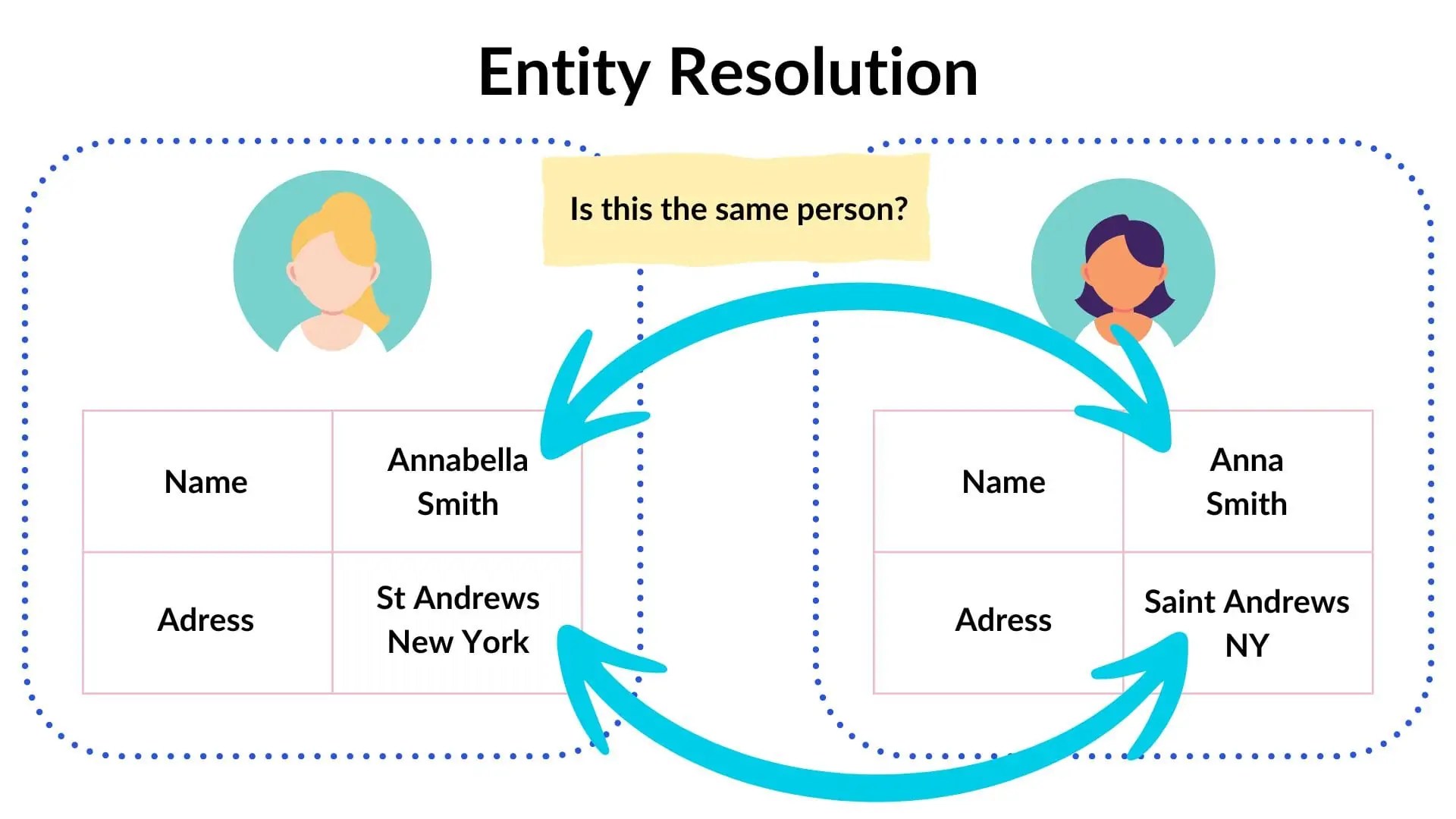What is Data Drift Machine Learning? In machine learning, the accuracy and effectiveness of models heavily rely on the quality and consistency of the data on which they are trained. However, in...


What is Data Drift Machine Learning? In machine learning, the accuracy and effectiveness of models heavily rely on the quality and consistency of the data on which they are trained. However, in...

What are Classification Metrics in Machine Learning? In machine learning, classification tasks are omnipresent. From spam detection in emails to medical diagnosis and sentiment analysis in social...
![Co-occurrence Matrices Explained: How To Use Them In NLP, Computer Vision & Recommendation Systems [6 Tools]](https://i0.wp.com/spotintelligence.com/wp-content/uploads/2024/04/co-occurance-matrix.jpg?fit=1200%2C675&ssl=1)
What are Co-occurrence Matrices? Co-occurrence matrices serve as a fundamental tool across various disciplines, unveiling intricate statistical relationships hidden within data. Whether in natural...

What are Evaluation Metrics for Regression Models? Regression analysis is a fundamental tool in statistics and machine learning used to model the relationship between a dependent variable and one or...
![Bagging, Boosting & Stacking Made Simple [3 How To Tutorials In Python]](https://i0.wp.com/spotintelligence.com/wp-content/uploads/2024/03/bagging-boosting-stacking.jpg?fit=1200%2C675&ssl=1)
What is Bagging, Boosting and Stacking? Bagging, boosting and stacking represent three distinct ensemble learning techniques used to enhance the performance of machine learning models. Bagging,...

Why Do We Need Performance Metrics In Machine Learning? In machine learning, the ultimate goal is to develop models that can accurately generalize to unseen data and make reliable predictions or...

Understanding Stochastic Gradient Descent (SGD) In Machine Learning Stochastic Gradient Descent (SGD) is a pivotal optimization algorithm widely utilized in machine learning for training models....

What is the Cold-Start Problem in Machine Learning? The cold-start problem refers to a common challenge encountered in machine learning systems, particularly in recommendation systems, where the...
![Knowledge Graph Reasoning Made Simple [3 Technical Methods & How To Handle Uncertanty]](https://i0.wp.com/spotintelligence.com/wp-content/uploads/2024/02/query2vec.jpg?fit=1200%2C675&ssl=1)
What is Knowledge Graph Reasoning? Knowledge Graph Reasoning refers to drawing logical inferences, making deductions, and uncovering implicit information within a knowledge graph. A knowledge graph...

What is Computational Linguistics? Computational linguistics is an interdisciplinary field that combines principles of linguistics and computer science to develop computational models and algorithms...

What is Link Prediction Based on Graph Neural Networks? Link prediction, a crucial aspect of network analysis, is the predictive compass guiding our understanding of complex relationships within...

What is Entity Resolution? Entity resolution, also known as record linkage or deduplication, is a process in data management and data analysis where records that correspond to the same entity across...

What is Node2Vec? Node2Vec is a popular algorithm for learning continuous representations (embeddings) of nodes in a graph. It is a technique in network representation learning, which involves...

What is Knowledge Representation and Reasoning (KRR)? Knowledge Representation and Reasoning (KRR) are fundamental concepts in artificial intelligence (AI) that focus on how intelligent systems can...
![Semi-Supervised Machine Learning Made Simple [5 Algorithms & How To Python Tutorial]](https://i0.wp.com/spotintelligence.com/wp-content/uploads/2023/12/semi-supervised-machine-learning.jpg?fit=1200%2C675&ssl=1)
What is Semi-Supervised Learning in Machine Learning? Semi-supervised learning is a machine learning paradigm between supervised and unsupervised learning. In this approach, the algorithm learns...
![t-SNE Explained: Top 6 Tools & Practical How To Get Started Guide [Python]](https://i0.wp.com/spotintelligence.com/wp-content/uploads/2023/12/t-sne-visual-explanation.jpg?fit=1200%2C675&ssl=1)
What is t-SNE? t-SNE, or t-distributed Stochastic Neighbor Embedding, is a popular non-linear dimensionality reduction technique used primarily for visualizing high-dimensional data in a...
![Machine Learning With Graphs Made Simple [& Practical How To Guide]](https://i0.wp.com/spotintelligence.com/wp-content/uploads/2023/12/nodes-edges-graph.jpg?fit=1200%2C675&ssl=1)
What is Machine Learning with Graphs? Machine learning with graphs refers to applying machine learning techniques and algorithms to analyze, model, and derive insights from graph-structured data. In...

What is Representation Learning? Representation learning is a cornerstone in artificial intelligence, fundamentally altering how machines comprehend intricate data. Its core objective lies in...

Get a FREE PDF with expert predictions for 2024. How will natural language processing (NLP) impact businesses? What can we expect from the state-of-the-art models?
Find out this and more by subscribing* to our NLP newsletter.